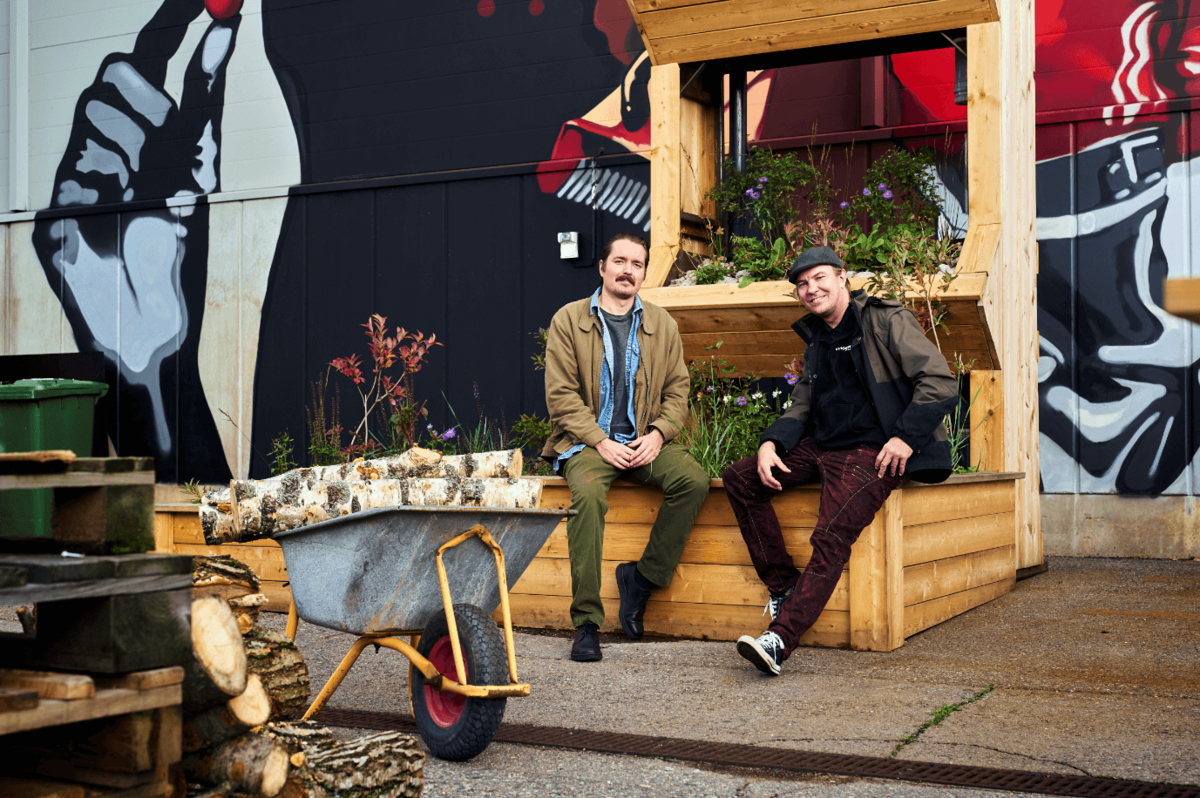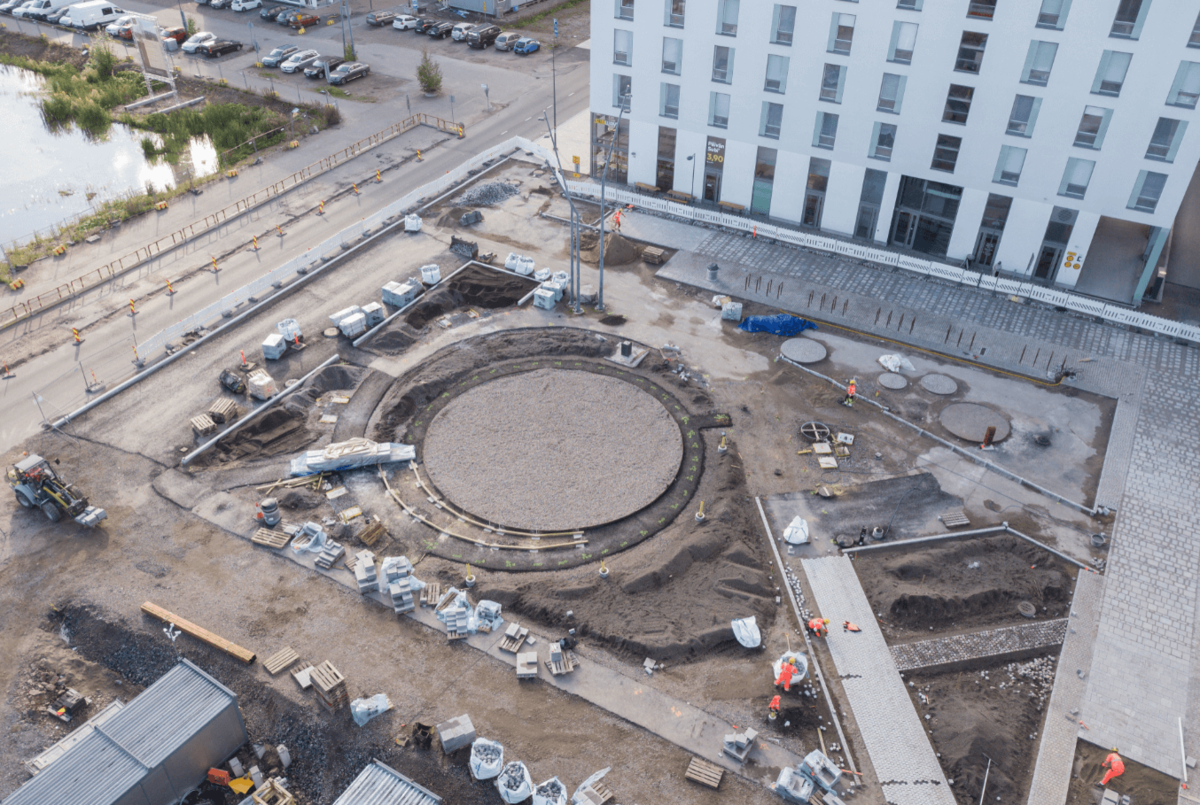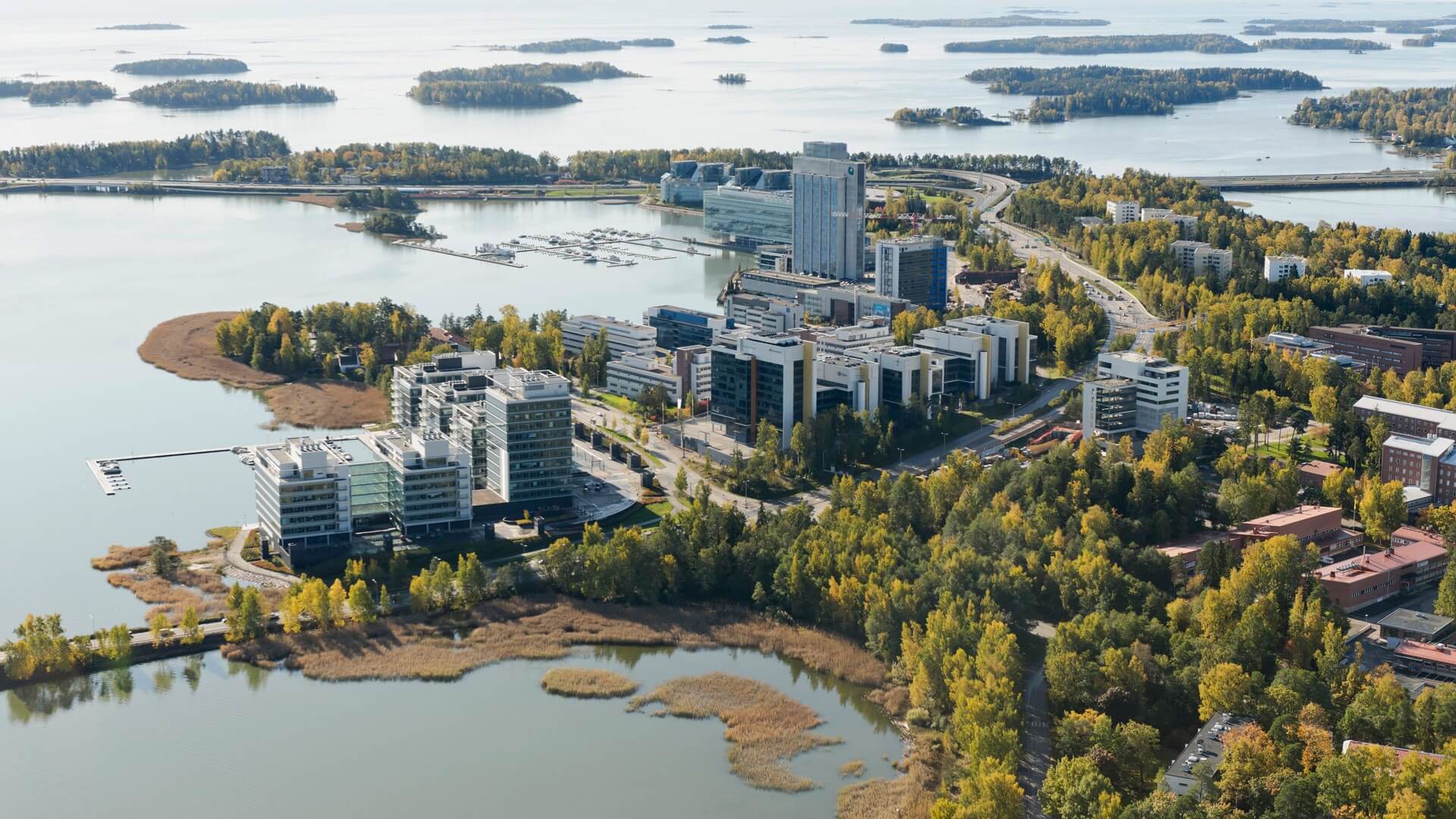Espoo, Finland
Espoo, the second largest city in Finland, has embraced circular economy as an important means to achieve its ambitious sustainability targets: becoming carbon neutral by 2030 and pioneering the UN Sustainable Development Goals. Espoo has integrated sustainability as a core pillar of the city strategy, the Espoo Story, and has cross-administrative development programmes that facilitate cooperation in implementing the strategy. By signing the European Circular Cities declaration, Espoo commits to taking its sustainability goals further and embedding circular economy across the organization and the city, together with all its stakeholders.
Co-creating circular city districts
Espoo strives to be an appealing area for circular economy business as well as collaboration relatead to research, development and innovation. In particular, Kera and Kiviruukki, old industrial districts transforming into lively urban neighborhoods, serve as development and piloting areas for circular economy. Circular solutions in Kera and Kiviruukki districts are being developed with companies and other stakeholders through various projects, pilots and commitments, such as the Kera development commitment that guides developers to create circular innovations in the construction of the district.


Climate neutral Espoo 2030
Central to Espoo's climate goals is the adoption of a circular economy approach, which seeks to minimize waste, reduce the use of virgin materials, and promote sustainable lifestyles. The city's climate efforts are guided by the Climate neutral Espoo 2030 roadmap, which outlines five key focus areas: energy, transport and mobility, construction, circular economy, and sustainable lifestyles. Land use planning serves as a cross cutting theme supporting these areas. Espoo's Climate Watch platform monitors the progress and supports the implementation of the city's climate and circularity actions. These actions include participation in the national Circular Economy Green Deal.

